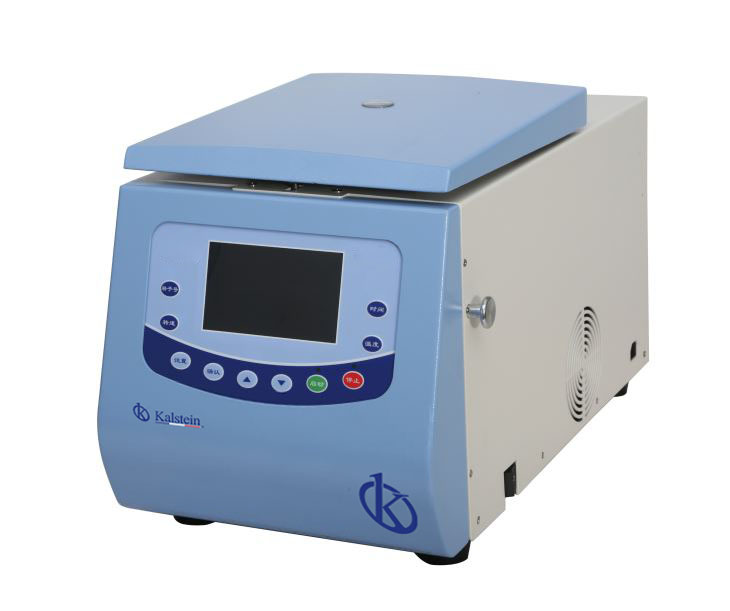High-speed centrifugation is an irreplaceable tool for the isolation and characterization of multiple biological structures: from biomolecules, such as nucleic acids and proteins, to cellular organelles and viruses. A centrifuge is a machine that spins a sample at high speed, in order to generate a force – called centrifugal force – that separates the components of said sample, in order to analyze them. It is applicable to biology, pharmaceuticals, chemistry, among others.
It is extremely useful equipment for many types of clinical and research trials. The different types of centrifuge are adjusted to the different types of centrifugation: preparative centrifugation, which aims to isolate specific particles, and analytical centrifugation, with which physical properties such as sedimentation rate or molecular weight can be estimated.
The type of clinical procedure and the size of the laboratory are two of the most important factors when choosing a centrifuge. Some centrifuges can be used in a wide variety of applications, while others only serve very specific purposes. Although there are many models and types of centrifuge, their operation is always the same: all centrifuges rotate the samples around a fixed angle and separate the fluids from the solid substances by applying the principle of sedimentation.
Centrifuge Types
In laboratories there are basically three types of centrifuge: large ones, tabletop centrifuges and mini centrifuges. Large centrifuges and tabletop centrifuges are properly known as “centrifuges”, while smaller centrifuges are known as mini-centrifuges or microcentrifuges. These mini-centrifuges use plastic tubes (or “microtubes) capable of handling minimal amounts of sample liquids.
Benchtop centrifuges are typically easier to operate and provide more versatile centrifugation solutions. Although they were originally designed to be used in laboratories with limited space, they are currently used in all types of laboratories.
The largest centrifuges are usually the size of a washing machine and can be of two types: high-speed centrifuges and ultracentrifuges, which in turn are distinguished in analytical and preparative.
How does a high speed centrifuge work?
High-speed centrifuges are specialized centrifuges that reach maximum speeds between 18,000 and 25,000 rpm (they can generate around 60,000 g). They are cooled and normally have a vacuum system to prevent the rotor from heating up due to friction with the air. This same vacuum system allows them to have a more exact control of the temperature than those that do not vacuum. They are useful in the separation of cell fractions, but insufficient for the separation of ribosomes, viruses or macromolecules in general.
What are the applications and advantages?
A high speed centrifuge will give the Laboratory the opportunity to substantially improve research capabilities. They are used in the study of the structure and dynamics of DNA during cell replication and differentiation. Therefore, it is widely used in biomedicine, molecular pathology, molecular biology, and biotechnology and biomaterials.
At Kalstein we offer you excellent high-speed centrifuges designed with the best technology. That is why we invite you to take a look HERE

